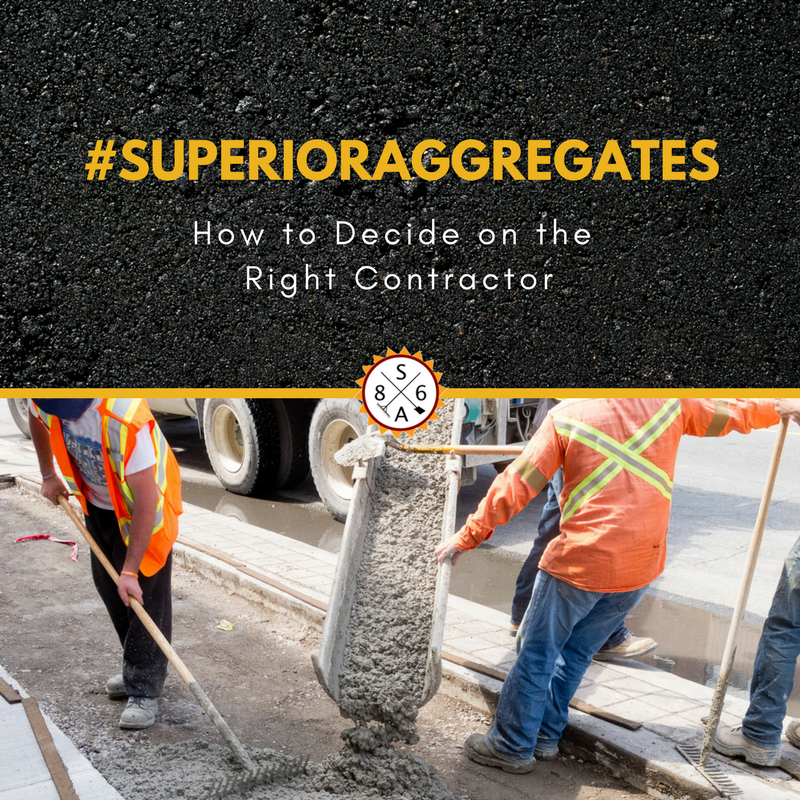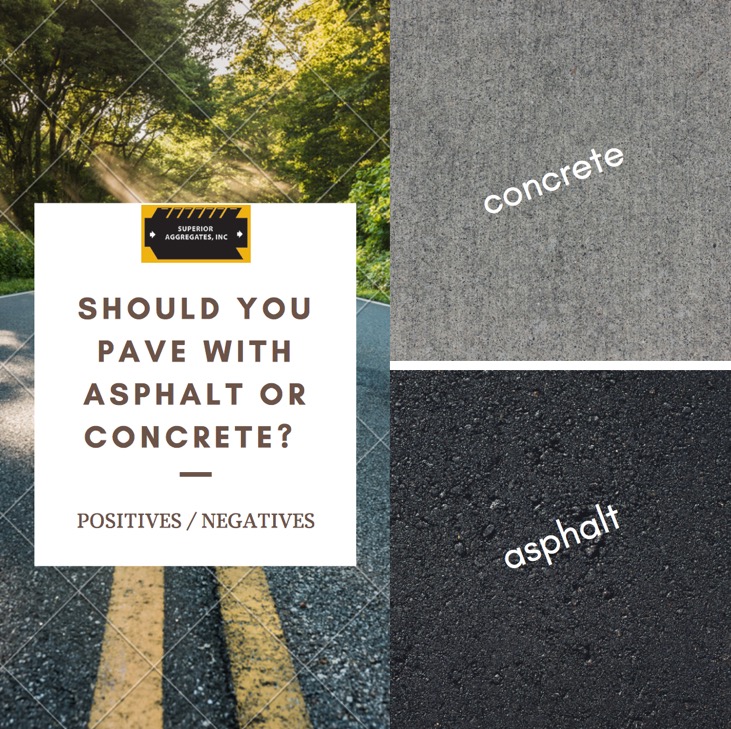
Nov 25, 2017 | Asphalt Paving, Construction, Paving
Concrete services are incredibly versatile, and homeowners have a lot to choose from. The residential concrete market is booming, and today’s contractors are installing floors, patios and driveways at incredibly high rates. Available concrete professionals have their...

Sep 25, 2017 | Asphalt Paving, Paving
When paving your driveway, it pays off to use the best materials possible. Whether you’re installing a new driveway, conducting driveway repair or are resituating your front yard’s layout, you should know the differences between asphalt and concrete installations. If...




